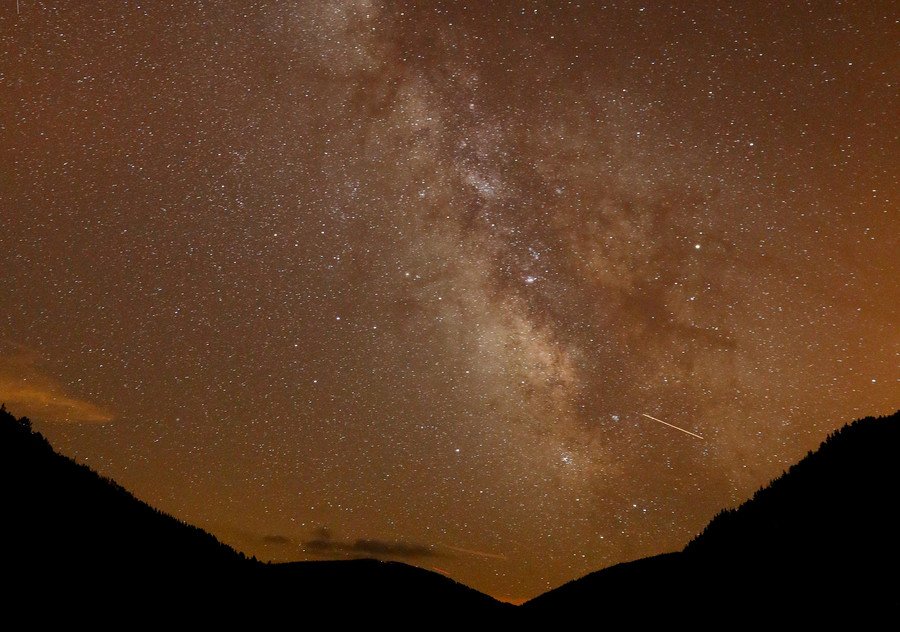The Perseids: Astronomers prepare for Earth to ‘plow’ into fiery meteor shower (PHOTOS)

A glowing shower of meteorites is set to light up the night skies this August as hundreds of burning space rocks wipe out in Earth’s atmosphere, much to the delight of stargazers across the globe.
The Perseids is a prolific shower of fiery space particles that has streaked over our planet annually for generations as Earth encounters debris falling off the Swift-Tuttle comet, which was first discovered back in 1862.
The gleaming debris is generally first seen in mid-July in the northern hemisphere but enters a particularly sweet period of viewing for amateur stargazers between August 11-13, 2018. According to NASA, the peak period happens around a moonless night when the sky is darker than normal.
The best meteor shower of the year is almost here! Here’s how and when to watch the #Perseids ✨ pic.twitter.com/RxIvLYwPfj
— NASA JPL (@NASAJPL) August 1, 2018
READ MORE: Cryptic fireball streaking over US base in Greenland puzzles NASA scientist
“Unlike most meteor showers, which have a short peak of high meteor rates, the Perseids have a very broad peak, as Earth takes more than three weeks to plow through the wide trail of cometary dust,” said Jane Houston Jones, of the US space agency’s Jet Propulsion Laboratory.
“The Perseids appear to radiate from the constellation Perseus, visible in the northern sky soon after sunset this time of year. Observers in mid-northern latitudes will have the best views.”

The Perseids are essentially parts of the Swift-Tuttle comet tearing away from its nucleus and slamming into Earth’s atmosphere. Every August, Earth travels through the debris-strewn tail of the comet, encountering the rocky particles which burn up dramatically in our atmosphere creating the celestial light show.
Taking approximately 133 years to complete each of its solar orbits, the comet last flew its closest approach to Earth in 1992. It’s expected to come in close contact with the Moon and Earth again in 2125.
On a clear night people trying to catch a glimpse of the Perseids could be treated to around 60-70 meteors per hour, NASA meteor expert Bill Cooke told Space.com.
“The moon is very favorable for the Perseids this year, and that'll make the Perseids probably the best shower of 2018 for people who want to go out and view it,” he said.
If you like this story, share it with a friend!















